Following on from Part 1 of our 2007 roundup, let’s look at the second half of 2007.
July 2007
– Garden for the Missing was featured.
– we discussed the Australian Federal Police’s monitoring of virtual worlds.
– we interviewed the person who manages Hilary Clinton’s (unofficial) Second Life presence.
– active Australian users of Second Life climbed to nearly thirteen thousand.
– an OECD report confirmed how badly Australia lags in broadband speed.
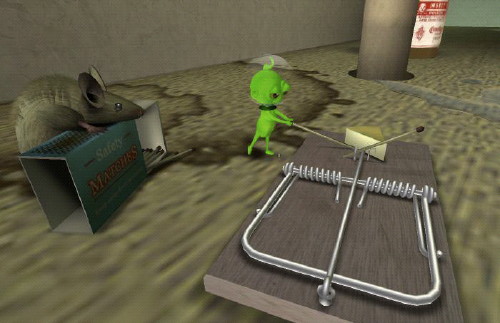
– we stumbled across The Greenies
– the second Traffic Index was published – due to time constraints we haven’t continued this and no-one seems to have missed it 😉
– Telstra offered land rentals on its suite of Second Life island sims.
– Thursday’s Fictions launched – another interesting Australian collaboration.
– Second Life poker machines were blown up.
– we started our regular Friday Weekend Whimsy posts.
– one of the worst ever pieces of mainstream journalism on Second Life received a little criticism.
August 2007
– the Gold Coast arrived in Second Life
– we went a second round with the World Stock Exchange’s Luke Connell.
– stability issues in Second kept biting.
– VastPark continued its promising evolution
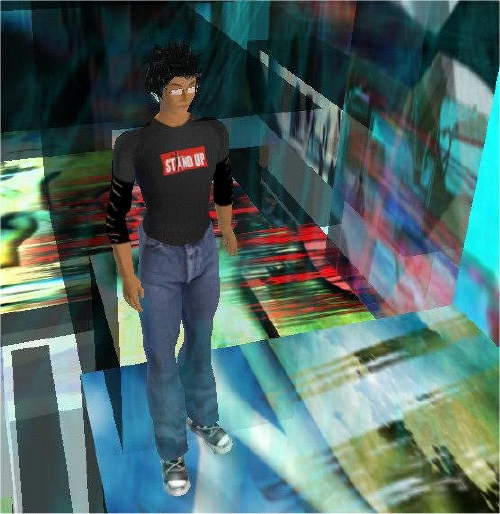
– educator Kim Flintoff was profiled.
– Second Life residents could now get their real life face into Second Life.
– Victoria University joined the growing number of Australian universities in Second Life.
– the number of active Australian users of Second Life rose past 15 thousand.
September 2007
– the AIIA hosted a forum on Second Life and business.
– the CSIRO commenced education sessions on ABC Island.
– VastPark previewed their Worlds Collide upgrade.
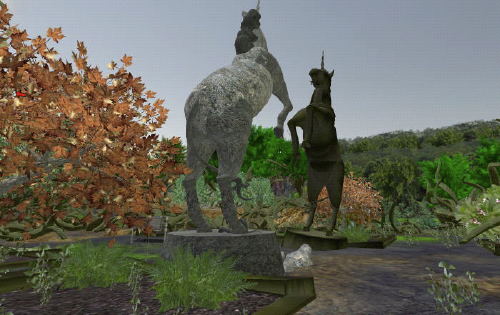
– we paid Rezzable’s Toxic Garden a visit.
– a new virtual world, Metaplace, entered the marketplace.
– the number of active Australian Second Life users fell more than a thousand to under 14 thousand.
October 2007
– we discussed furries in-depth with Australian furry, Wolfie Rankin.
– the Melbourne Laneways presence launched in Second Life.
– the much hyped virtual world Project Outback bit the dust.
– we had a walk around La Trobe University Island.
– another significant drop in active Australian Second Life users occurred with the grand total under 12 thousand.
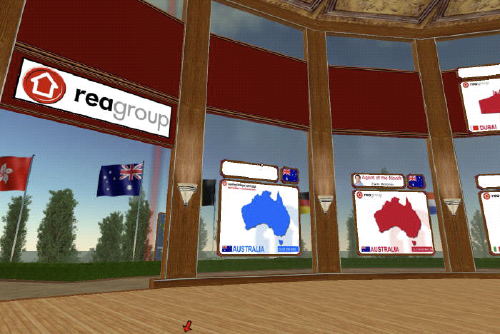
– the REA Group, best known for its realestate.com.au site, entered Second Life.
– the Australian Internet Industry Association also launched in Second Life.
– we documented the impact our ageplay stories had on our website.
– Linden Lab’s new search functionality in its Second Life viewer showed promise.
November 2007
– the Wonderland saga drew a lot of mainstream media attention.
– development of a replica Sydney CBD in Second Life was announced.
– Second Life’s first political party was profiled.
– veteran metaverse writer, Tateru Nino, was profiled.

– Australian musician in real life and Second Life, Dexter Moore, was also interviewed.
– an interesting 2007 Federal Election night was spent on ABC Island in Second Life.
– we celebrated a year reporting on virtual worlds.
December 2007
– age verification in Second Life began.
– ASIC makes a call on the operations of virtual stock exchanges.
– Anglicans in Second Life are led by a passionate New Zealander.
– an Australian company launched a Facebook-based MMOG.
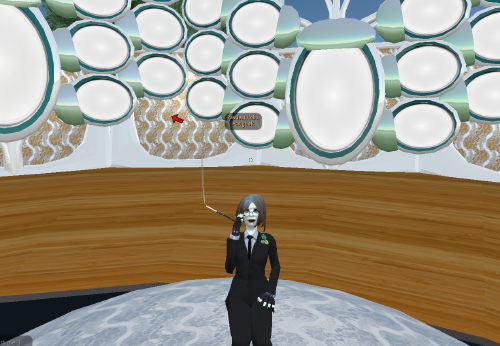
– we profiled Rezzable’s Pavig Lok.
– active Australian users of Second Life stabilised at just under 12 thousand.
Every year contains chains of significant events and the microcosm of virtual worlds have been no different. There’ll be no shortage of predictions for 2008 and we’ll add to the queue in that respect in coming weeks. What is certain is we’ll be around to bring the latest news to you.
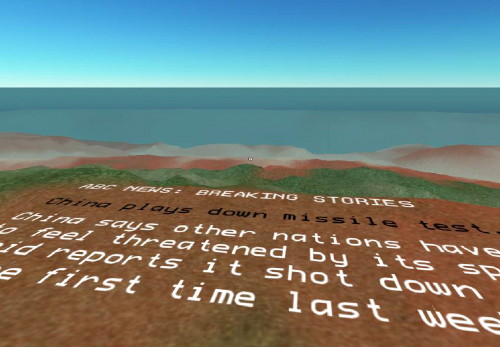
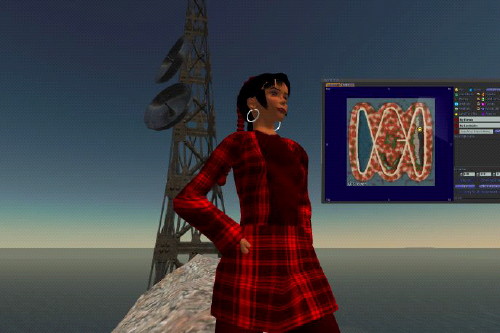
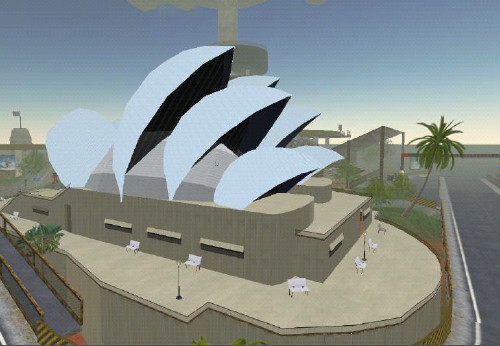
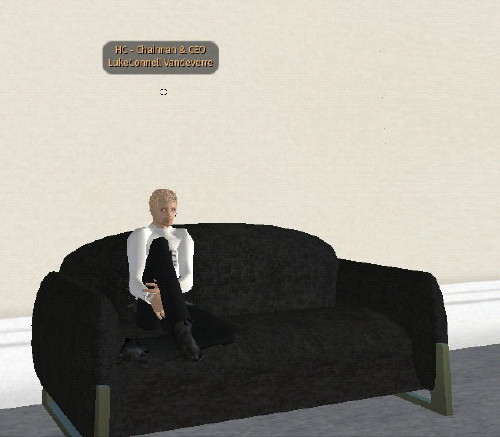
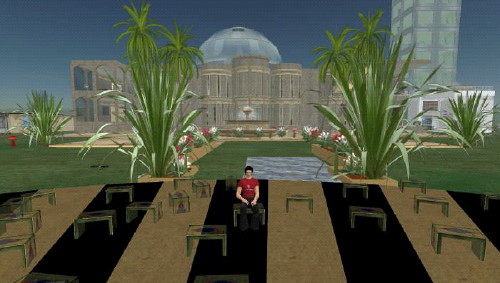
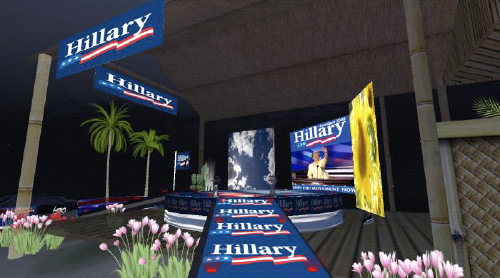
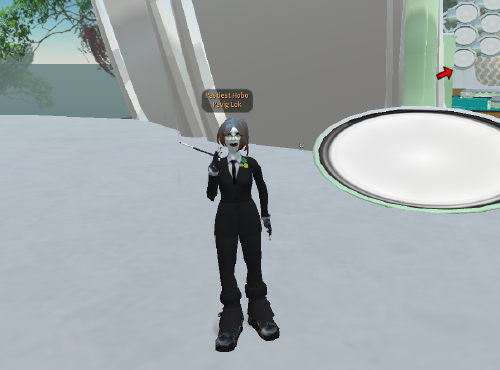
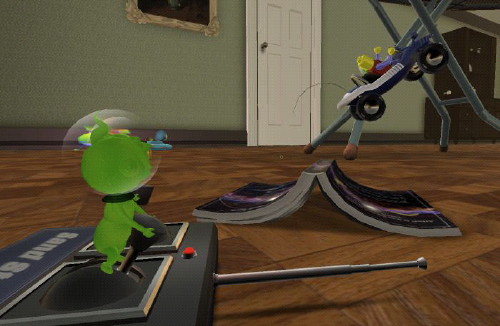
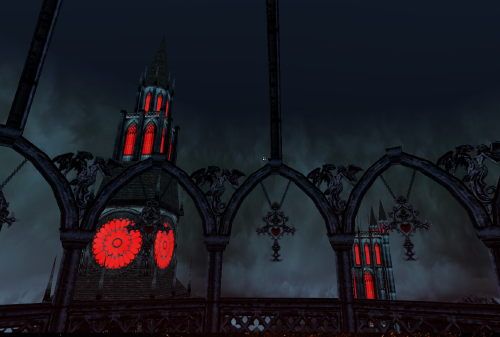
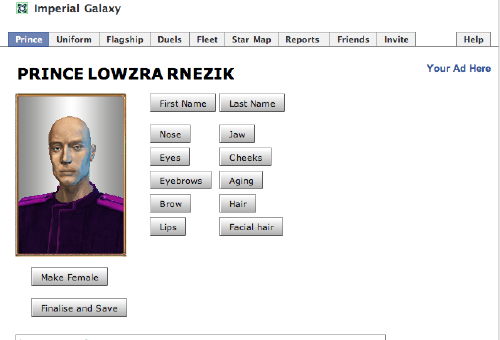
Recent Comments